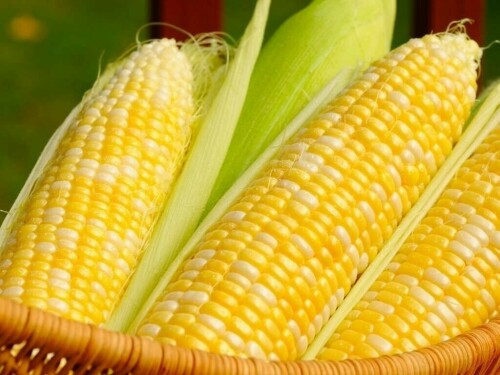Corn and Soybeans Decline Amid Trade Tensions and Planting Progress
SINGAPORE: Corn and soybean prices experienced a decline on Tuesday due to the swift advancement of planting activities in the United States. The ongoing trade disputes with China, a major importer of agricultural goods, have further contributed to the downward pressure on these markets.
Wheat prices saw a slight increase as a result of bargain-buying following significant losses in the previous session. However, projections of much-needed rainfall in the US winter crop region have moderated these gains.
Market Sentiment
A grain market expert based in Singapore noted the considerable uncertainty surrounding trade relations between the US and China. The expert also pointed out that substantial harvests in the US are likely to exert extra strain on prices.
Price Movements
- The most active corn contract on the Chicago Board of Trade (CBOT) decreased by 0.4%, settling at $4.81-1/2 a bushel.
- Soybeans also saw a reduction, dropping by 0.3% to $10.59-3/4 a bushel.
- Wheat, conversely, rose by 0.5% to $5.33-1/2 a bushel, recovering slightly after a 2.5% fall on Monday.
Planting Updates
According to the US Department of Agriculture (USDA), as of Sunday, US farmers had completed planting 24% of the corn crop. This figure is slightly below the average analyst expectation of 25% but remains above the five-year average of 22%. Soybean planting was reported at 18%, surpassing both the five-year average of 12% and the average analyst prediction of 17%.
Anticipated Acreage Shifts
Projections indicate that US farmers are expected to increase the area planted with corn to a 12-year peak in 2025. Concurrently, soybean acreage is expected to decrease to a five-year low, influenced by the ongoing trade conflict with China, the world’s largest soybean importer.
Weather Forecasts
The Commodity Weather Group has reported that rainfall is expected in the US Plains over the next ten days, benefiting wheat crops. Certain areas of Texas and Oklahoma could receive between six and eight inches of rain.
This precipitation is anticipated to positively impact the yields of hard red winter wheat, a key ingredient in bread production.
Crop Condition
Following the conclusion of trading on Monday, the USDA assessed 49% of the nation’s winter wheat crop as being in good or excellent condition. This represents an improvement from 45% the previous week and exceeds the anticipated 47%.
Fund Activity
Trading sources indicated that commodity funds were net sellers of CBOT wheat, corn, and soymeal futures contracts on Monday. Conversely, these funds were net buyers of soybean and soyoil futures.



Comments (0)
No comments yet. Be the first to comment!
Leave a Comment